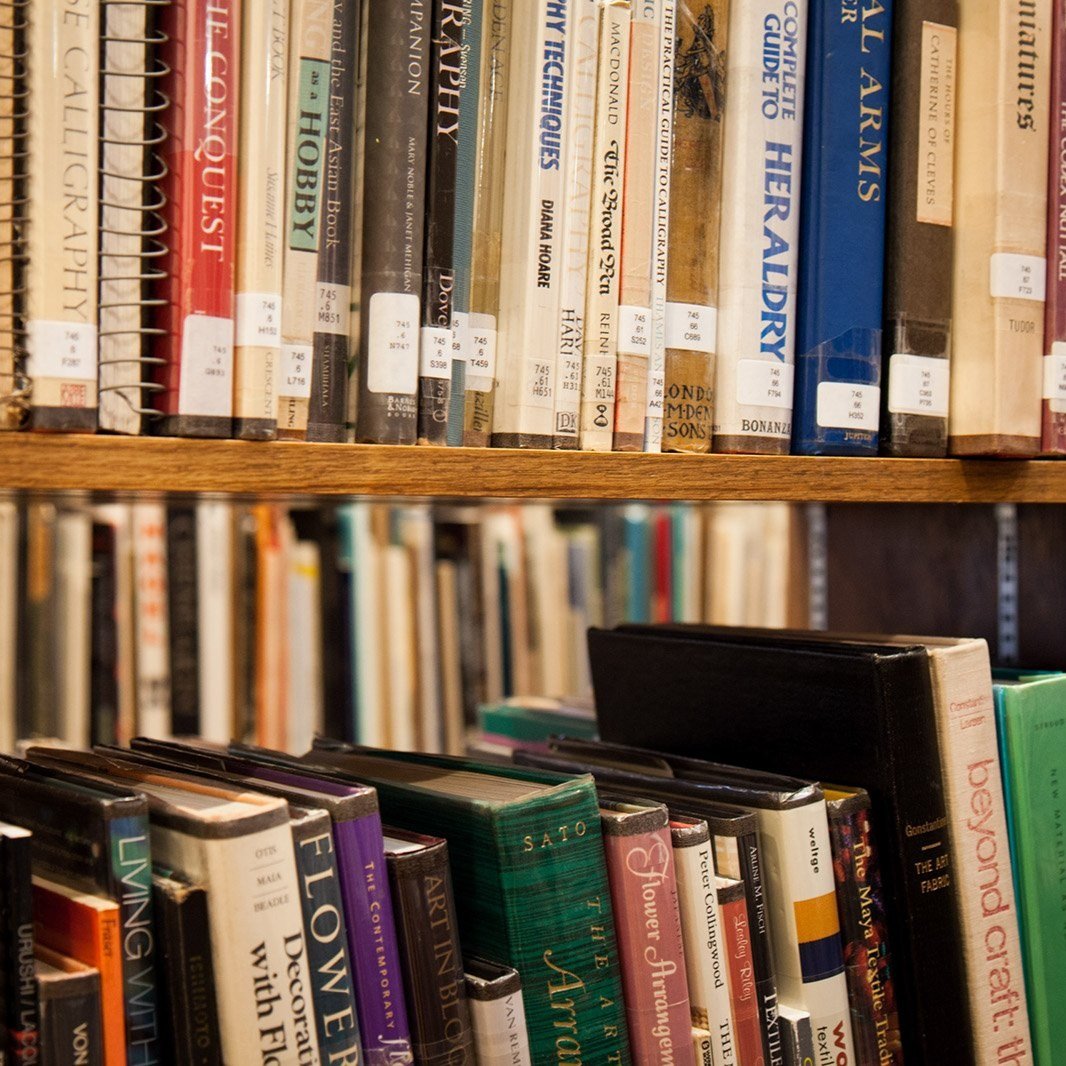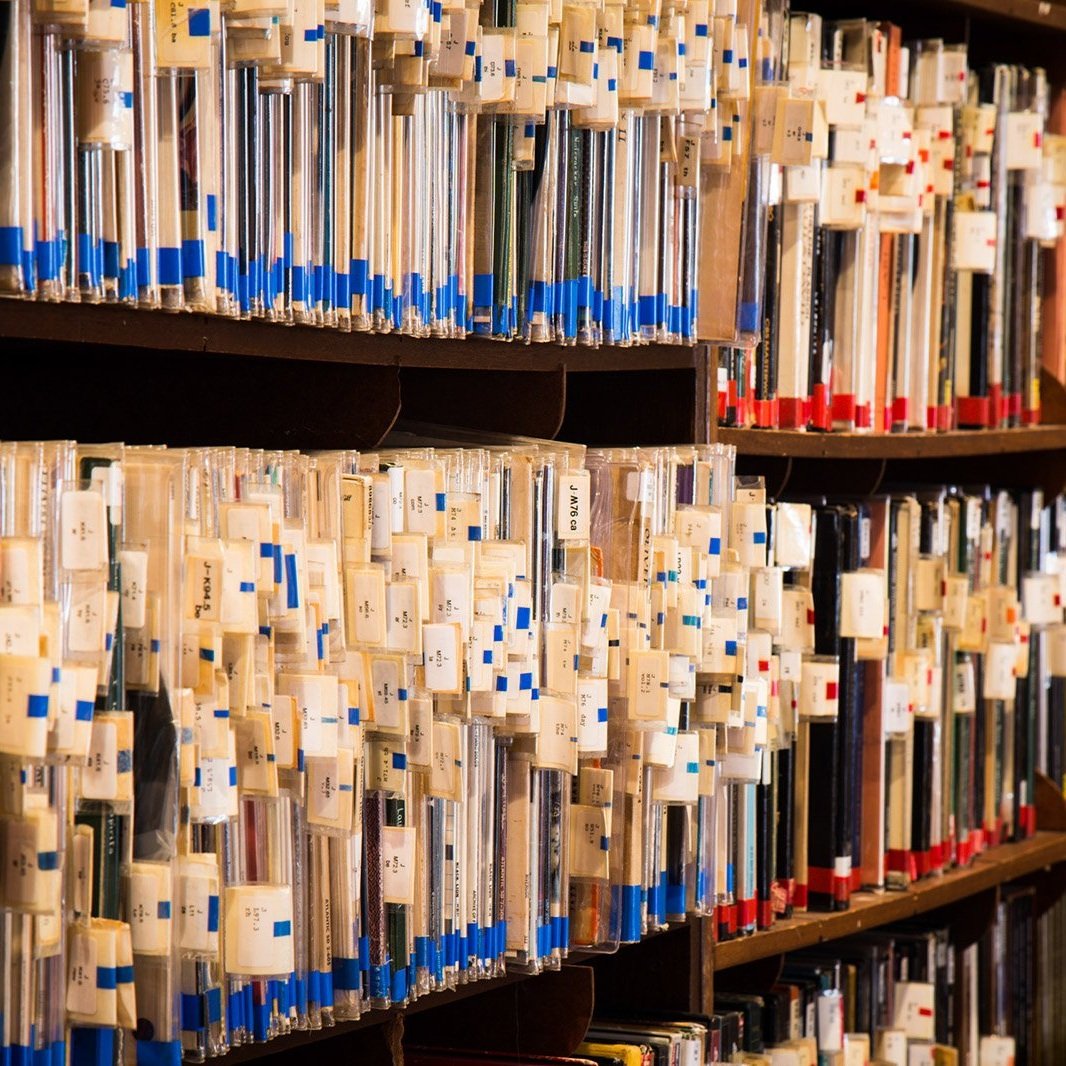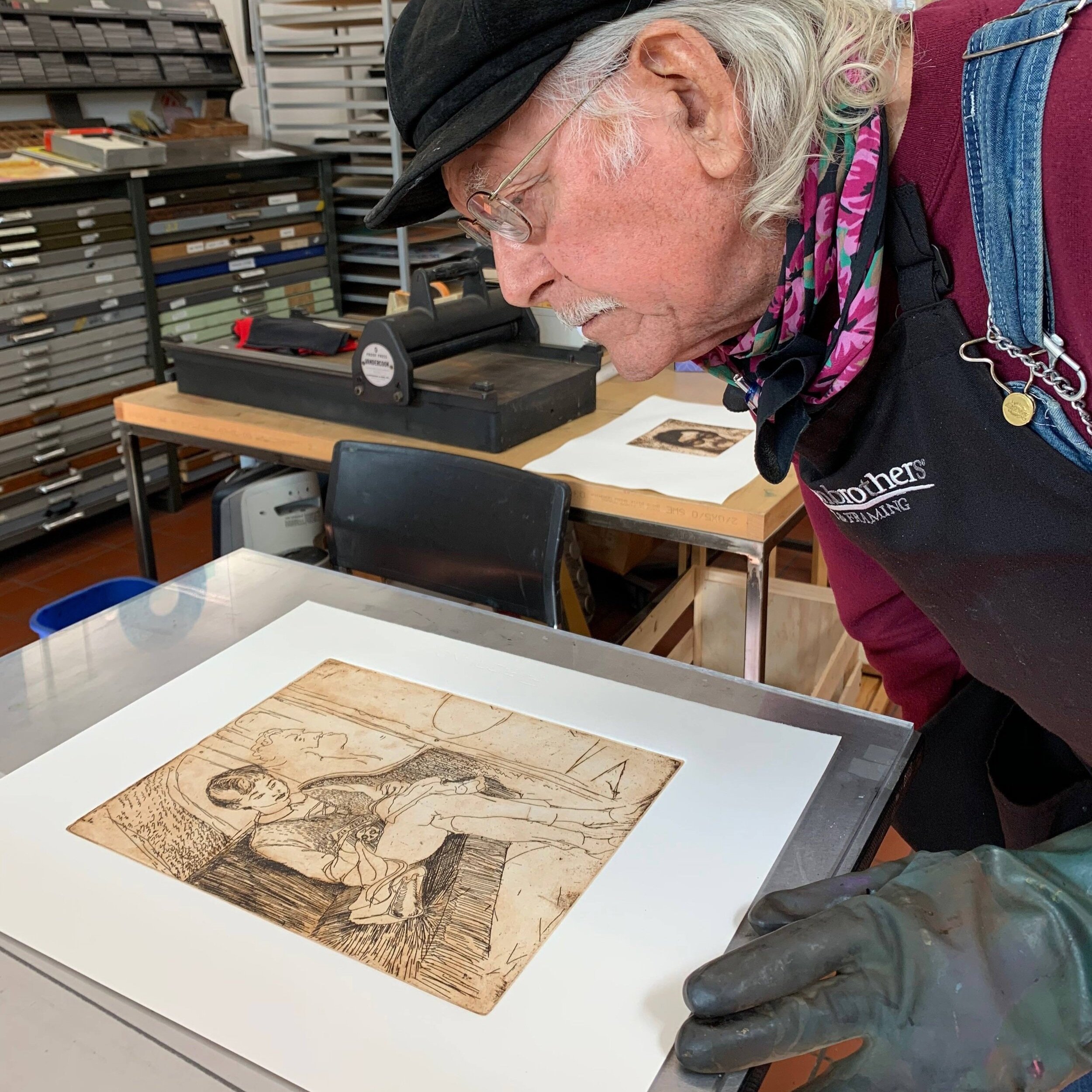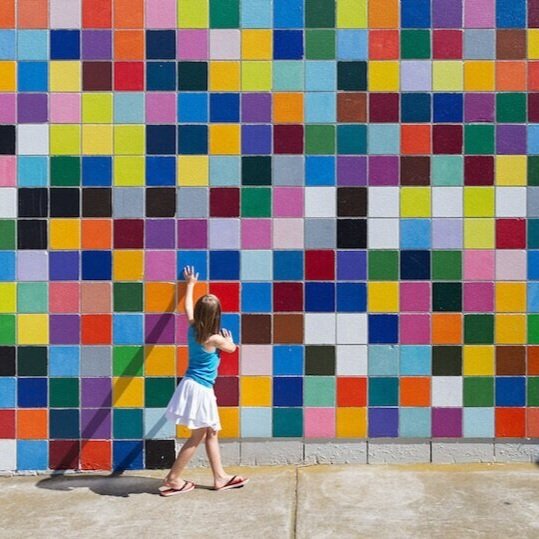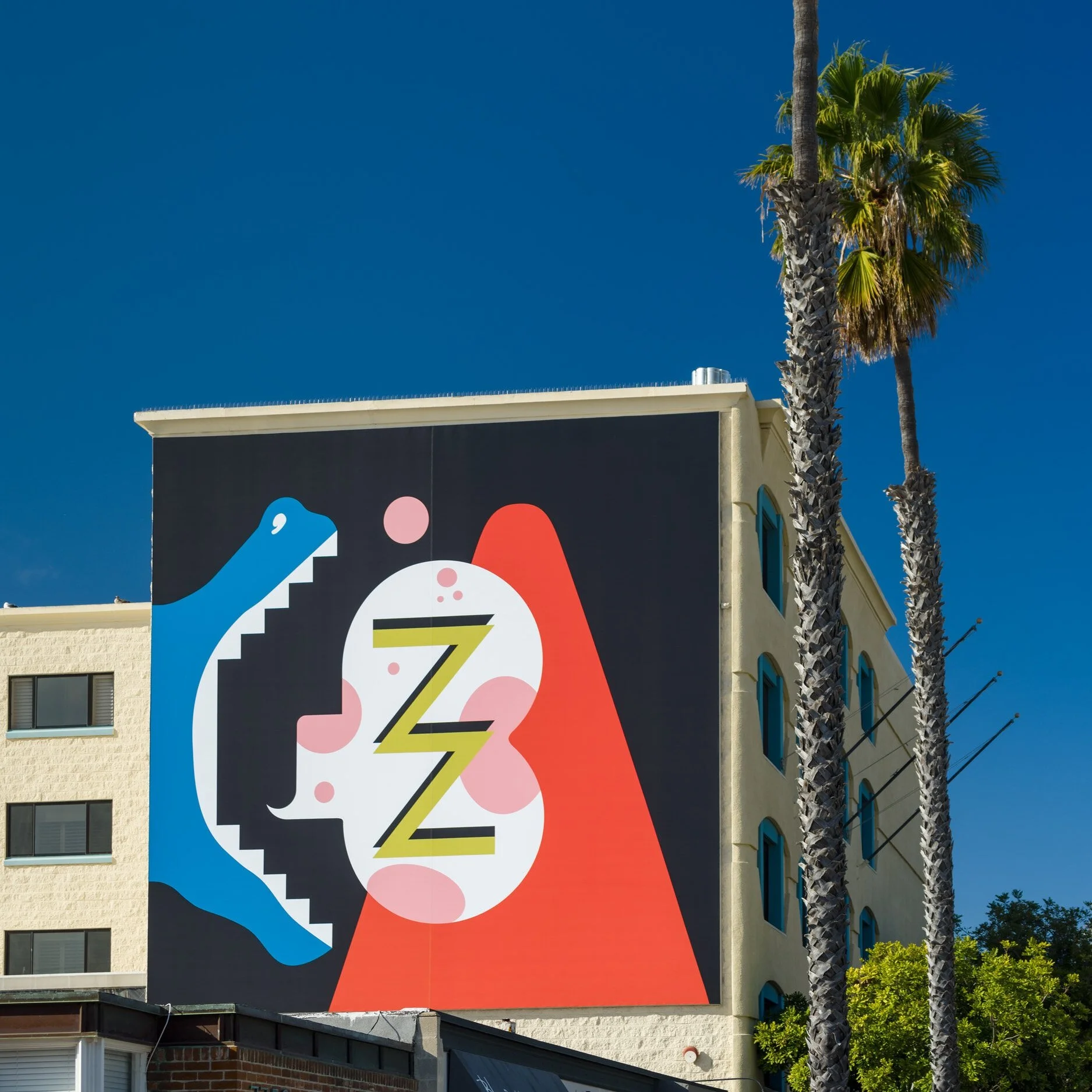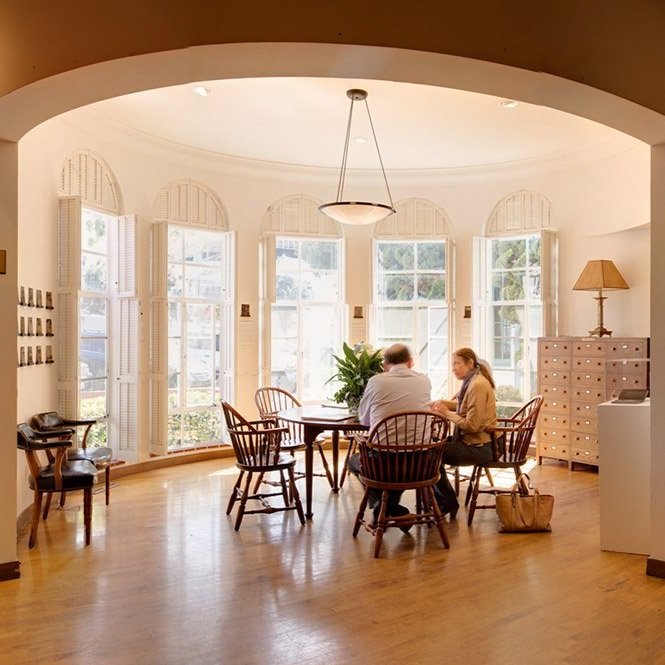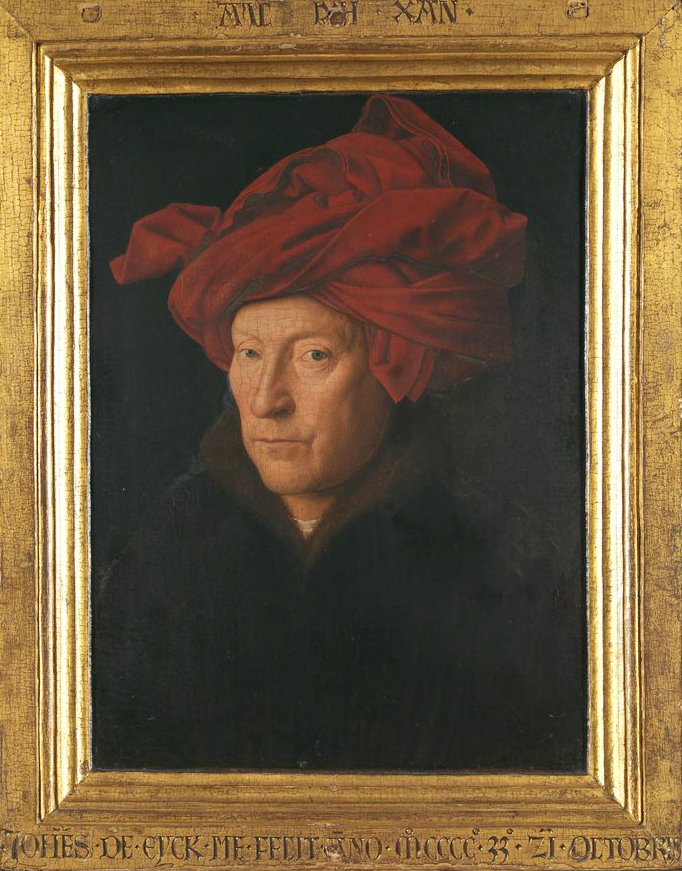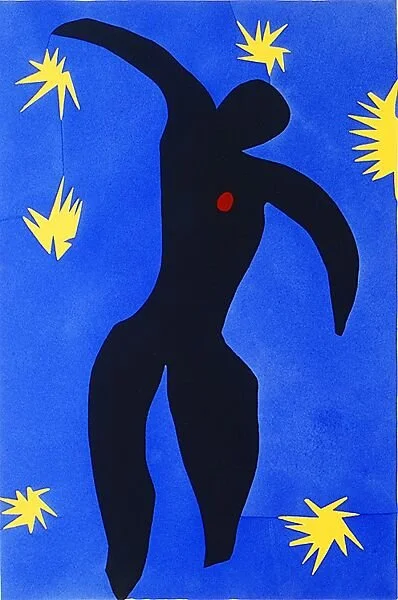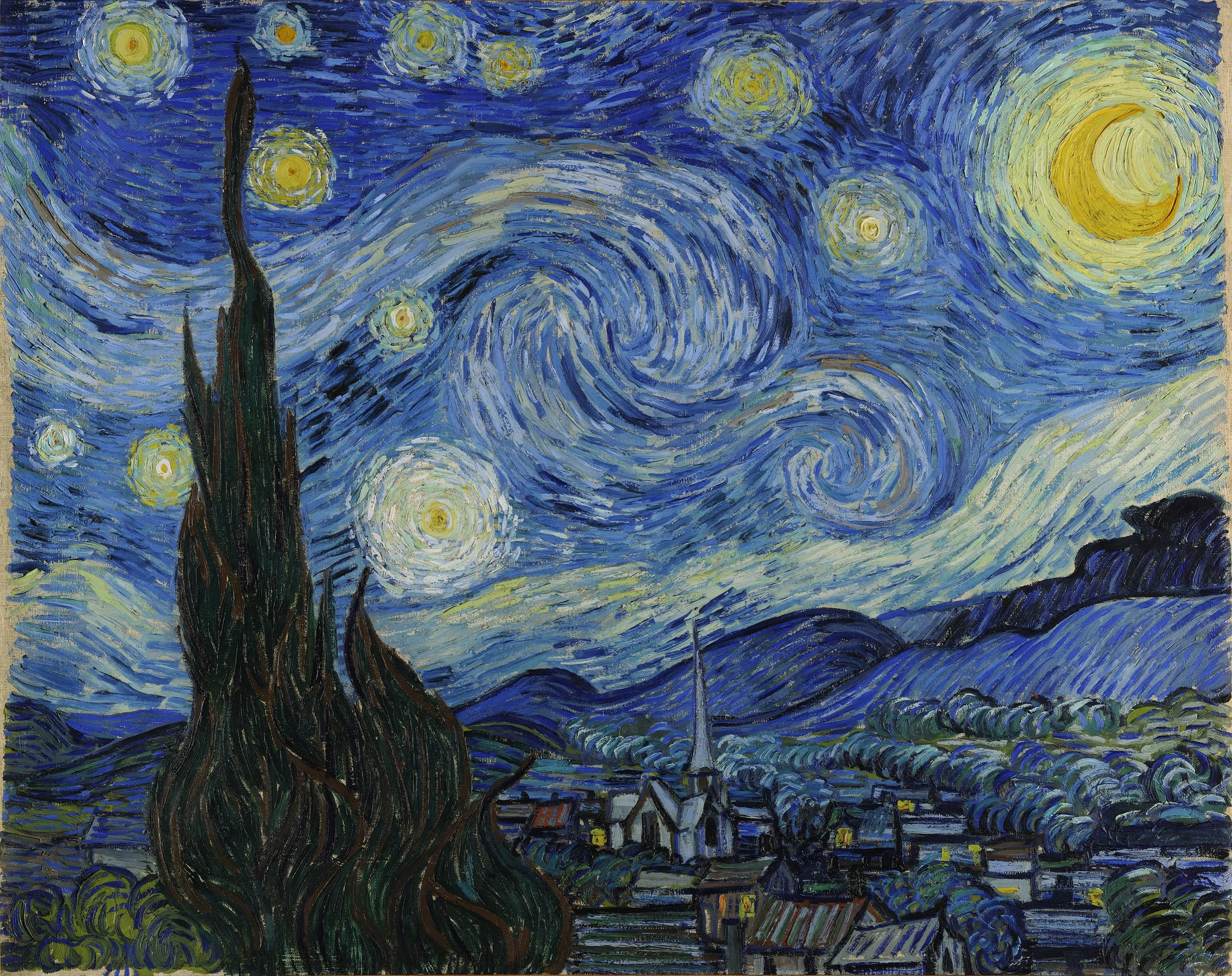Online On Demand:
Saturday, November 6, 10 AM–Monday, November 8, 2021, 10 PM
Saturday, November 13, 10 AM–Monday, November 15, 2021, 10 PM
Saturday, November 20, 10 AM–Monday, November 22, 2021, 10 PM
Over the many years (oh, alright, many, many years) I’ve had the privilege to stand behind a podium to share my passion for art with you, I’ve heard frustration—where, you wonder, do these specific talks nestle in Western art? Your frustration was appropriate: art cannot be extracted from the culture that produces and nurtures it. Art is an artifact of a total history. But instead of a larger historic context, you were rather inelegantly plopped down in one isolated historic era or lonely school of art.
Essentially, what you’ve requested is a timeline, Greeks to Picasso. So, let’s get to it! Let’s boil down two thousand, five hundred years in three hours—but very responsibly, of course. It’s been great fun to put this together, and I thank you.
Included will be an added fillip, a closer look at the two seminal eras, the “hinge moments” that halted the smooth-running course of that flow―halted, and redirected art into new, unpredictable directions. What in the world could cause such historic dislocation, such total reordering of inevitability? What, indeed. I call these hinge moments the “Great Disruption,” and the “Lesser Great Disruption.” What where they, and when? Your clues lie in this three-week series. ―Linda Blair





